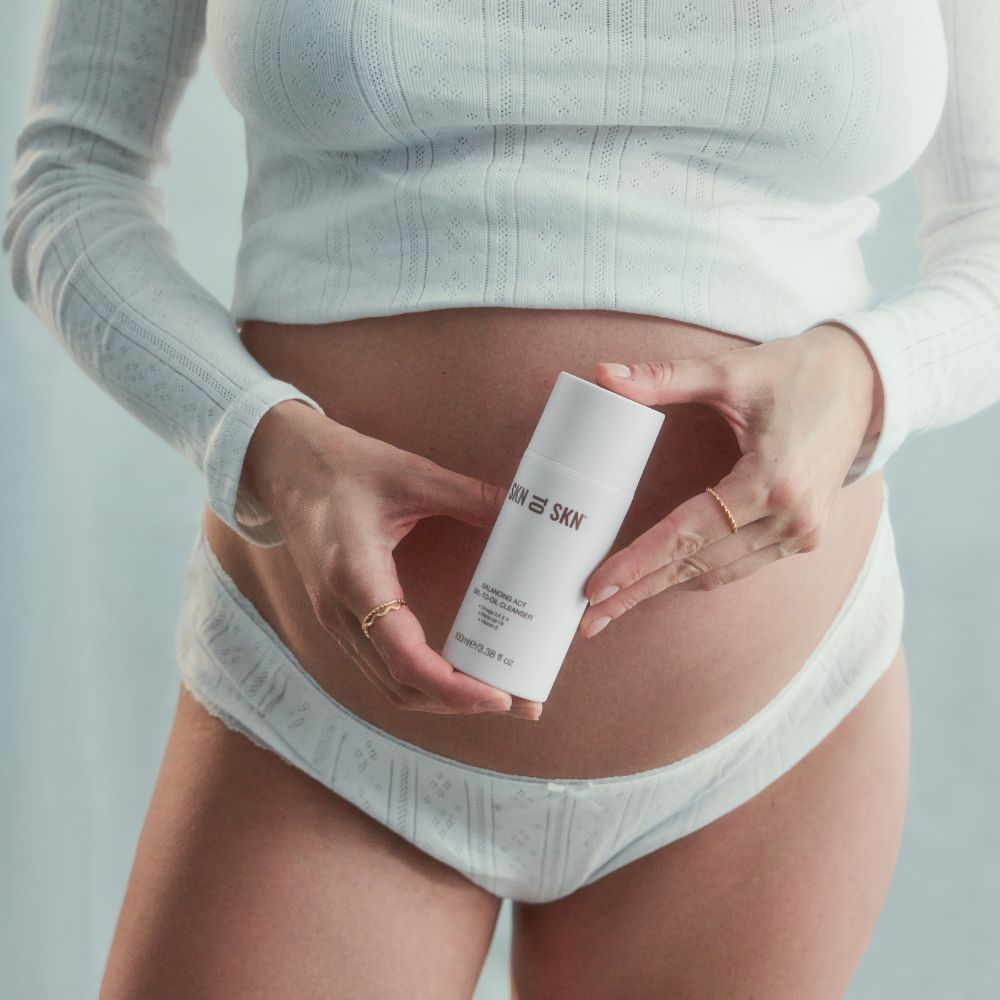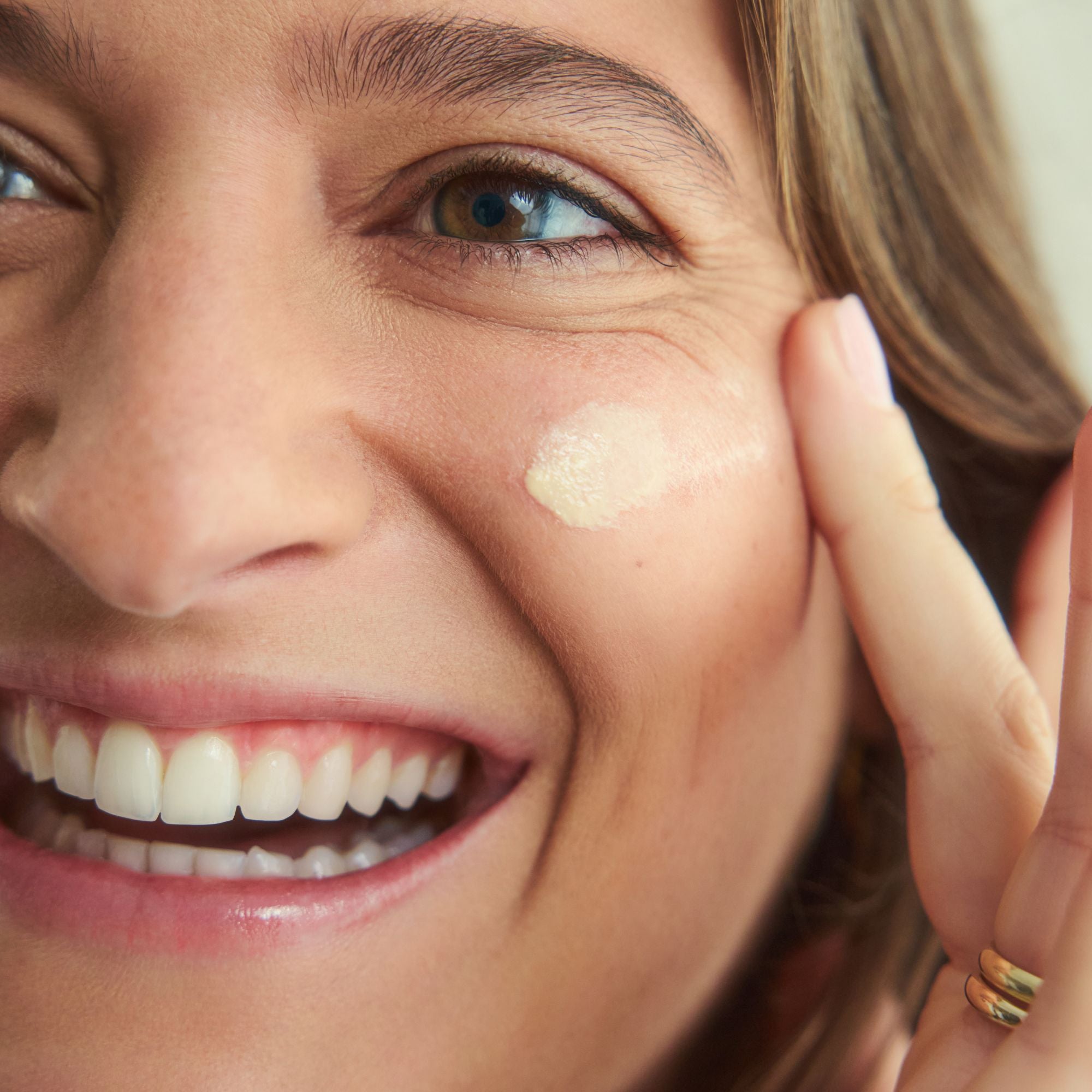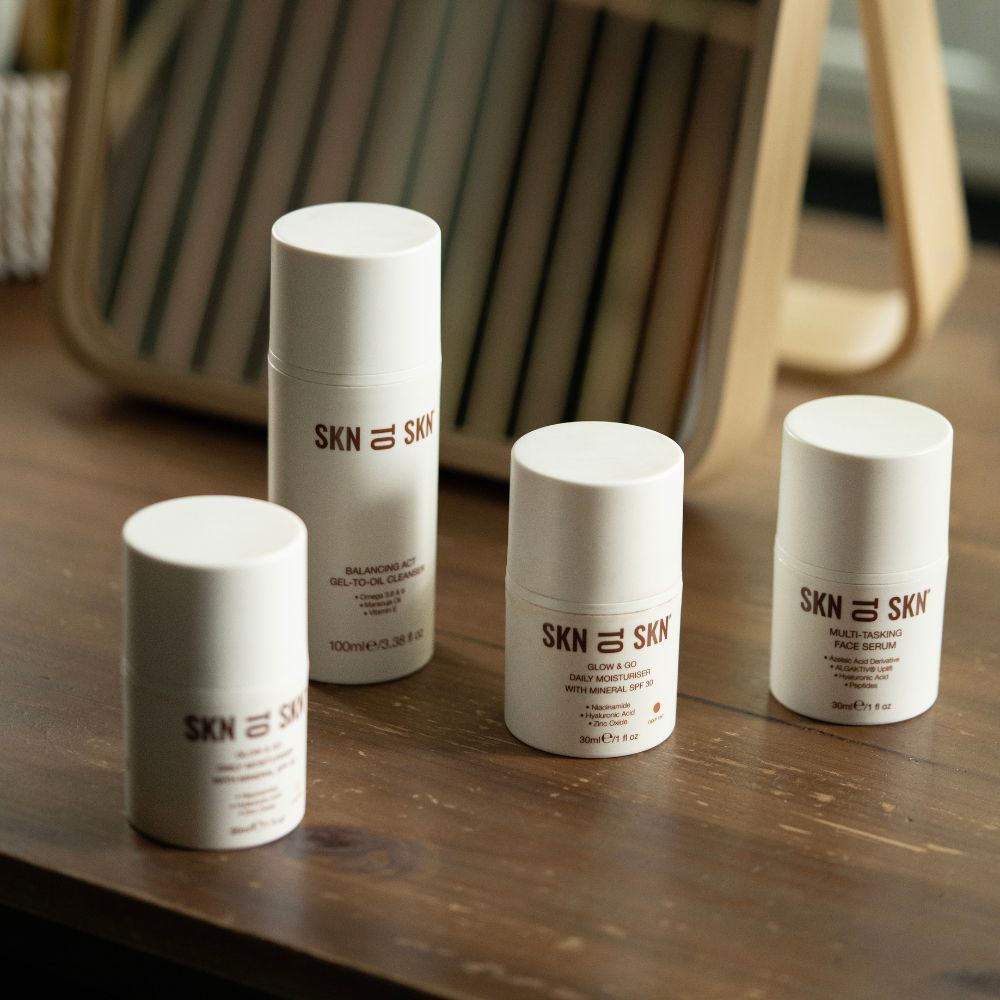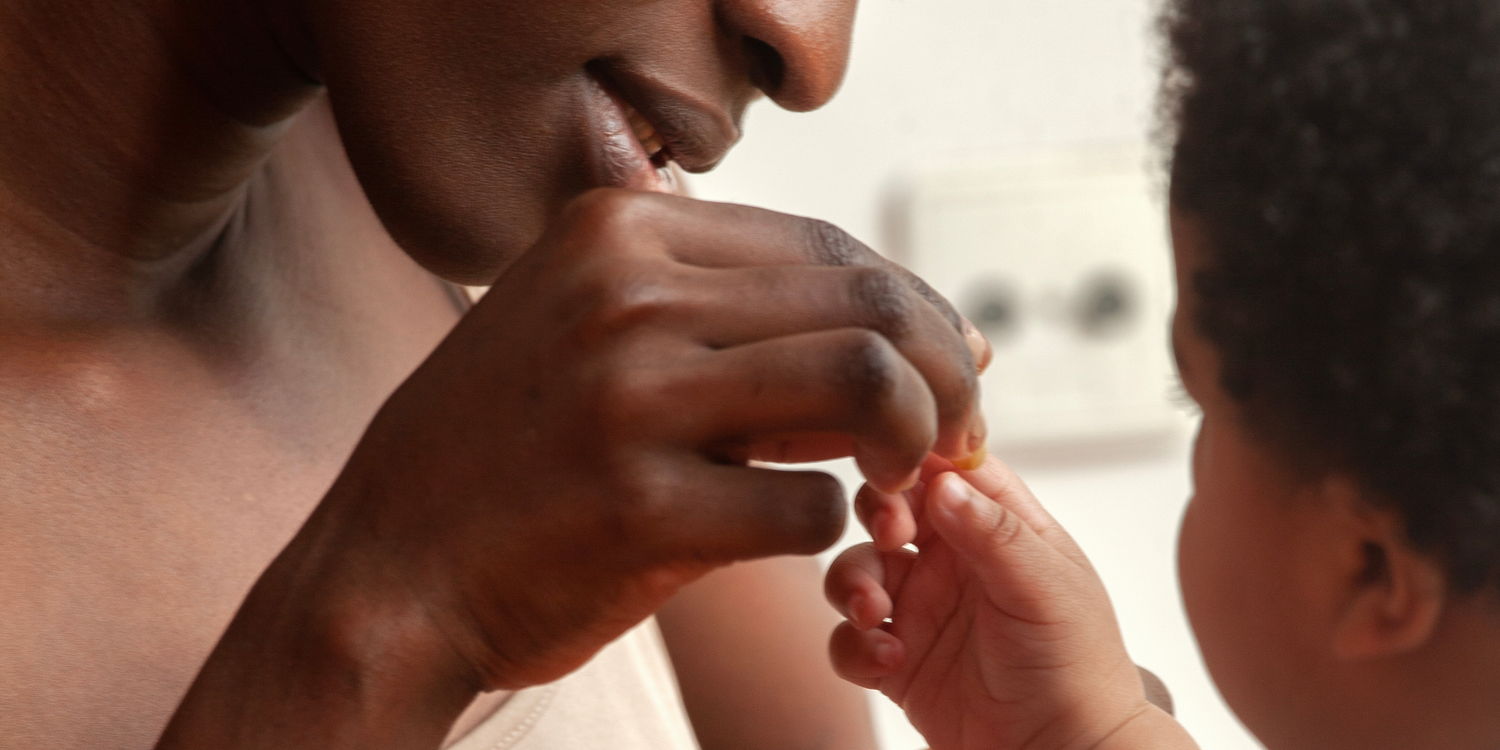Undergoing fertility treatments can be an emotional and physical rollercoaster, and one of the unexpected side effects can be changes in the skin. The combination of hormonal therapies, stress, and lifestyle adjustments can trigger various skin concerns. Understanding these changes and how to address them can help women feel more confident and in control during their fertility journey.
Acne Breakouts
Why It Happens: Fertility treatments often involve hormonal medications, such as progesterone and estrogen, which can increase oil production in the skin. This excess oil can clog pores and lead to breakouts, especially around the jawline and chin. Stress, which often accompanies the fertility process, can further exacerbate breakouts by increasing cortisol levels, which also stimulate oil production.
How to Manage: Use gentle, non-comedogenic skincare products containing ingredients like azelaic acid or niacinamide to help manage breakouts without compromising skin health.
Dryness and Dehydration
Why It Happens: Hormonal fluctuations can disrupt the skin’s natural moisture balance, leading to dryness and dehydration. Additionally, stress can exacerbate skin dryness.
How to Manage: Incorporate hydrating ingredients like hyaluronic acid and glycerin into your skincare routine to maintain moisture levels. Use a rich, ceramide-based moisturiser to support your skin barrier and lock in hydration. Avoid harsh, drying products like foaming cleansers or alcohol-based toners, which can strip the skin. Stay hydrated by drinking plenty of water and consider adding a humidifier to your space to combat environmental dryness.
Hyperpigmentation
Why It Happens: Increased hormone levels can stimulate melanin production, leading to dark spots, melasma and uneven skin tone, particularly in areas exposed to the sun.
How to Manage: Protect your skin with a broad-spectrum mineral sunscreen every day, even when indoors as UV rays can penetrate windows. Try to use a tinted mineral SPF if possible to prevent the effects of high intensity visible light if you work in front of a computer or under bright lights. Wear wide-brimmed hats and seek shade when outdoors to further protect your skin. Use brightening ingredients such as vitamin C to help even out skin tone.
Sensitivity and Redness
Why It Happens: Fertility medications can make the skin more sensitive and reactive to environmental factors, leading to redness and irritation.
How to Manage: Opt for fragrance-free, hypoallergenic skincare products that soothe and protect the skin barrier. Maintain a healthy skin barrier with serums and moisturisers containing hyaluronic acid, glycerin and ceramides.
Puffiness and Water Retention
Why It Happens: Hormonal changes can lead to fluid retention, which can manifest as puffiness in the face, especially around the eyes. Stress and lack of sleep can also contribute to this swollen appearance.
How to Manage: Stay hydrated, get plenty of sleep, and consider using cooling eye gels or facial rollers to reduce puffines. Elevate your head slightly with an extra pillow to minimize fluid accumulation overnight. Avoid high-sodium foods, which can exacerbate water retention.
Increased Oiliness
Why It Happens: Certain fertility medications, particularly those that stimulate ovulation, can stimulate sebaceous glands, leading to an oily complexion and an increased likelihood of clogged pores.
How to Manage: Use lightweight, oil-free skincare products and blotting papers to control excess shine throughout the day. Incorporate a gentle exfoliant, such as polyhydroxy acids (PHAs) or lactic acid, to keep pores clear without stripping the skin.
Navigating fertility treatments is challenging enough without the added stress of skin concerns. By understanding the changes happening in your body and adopting a tailored skincare routine, you can support your skin's health and feel more confident throughout your journey.
At SKN TO SKN, we offer safe and effective skincare solutions designed to support women through every stage of their fertility journey. We're here to help you feel your best, inside and out.
 Written by Professor Caitriona Ryan, Consultant Dermatologist
Written by Professor Caitriona Ryan, Consultant Dermatologist






